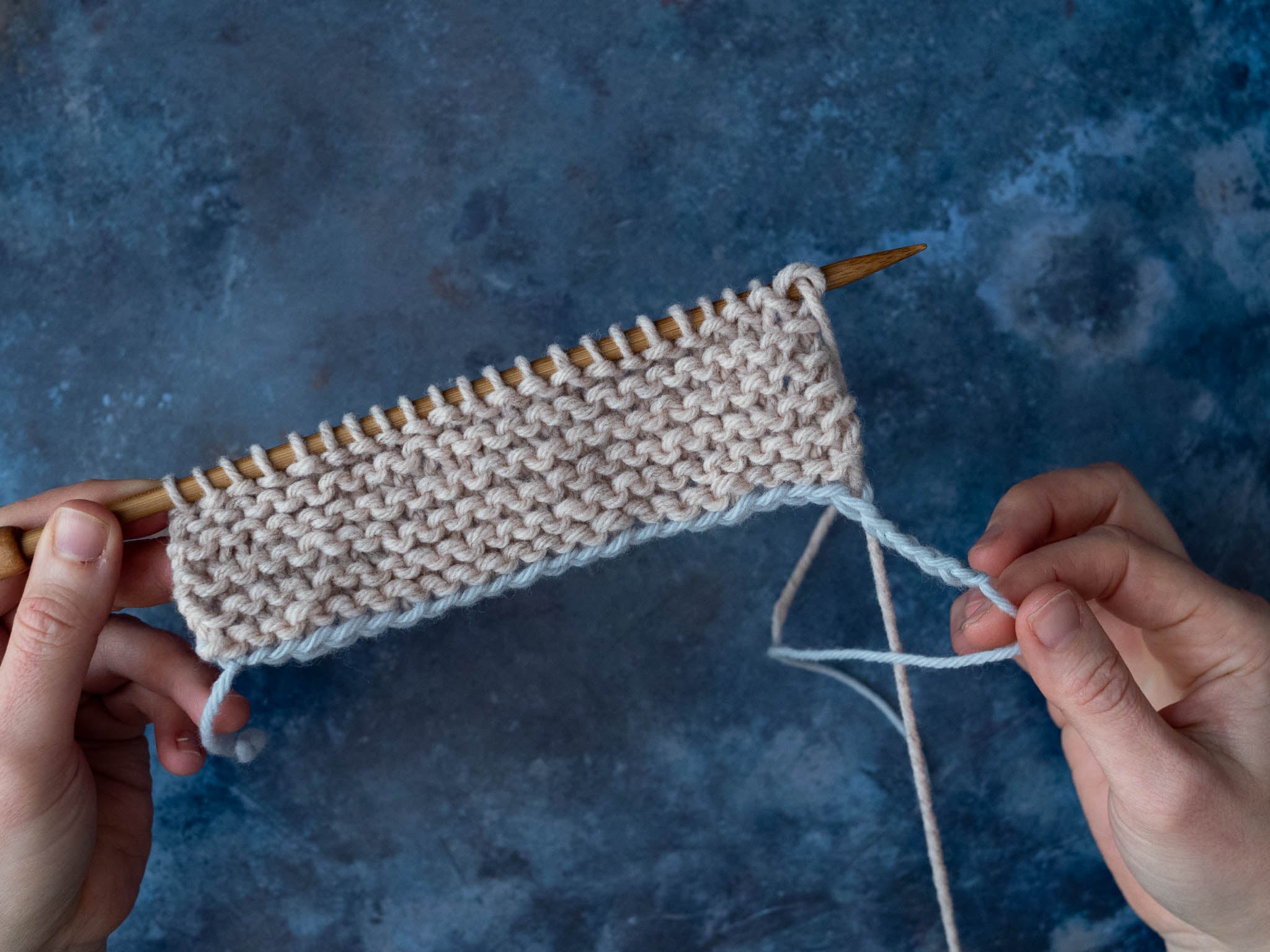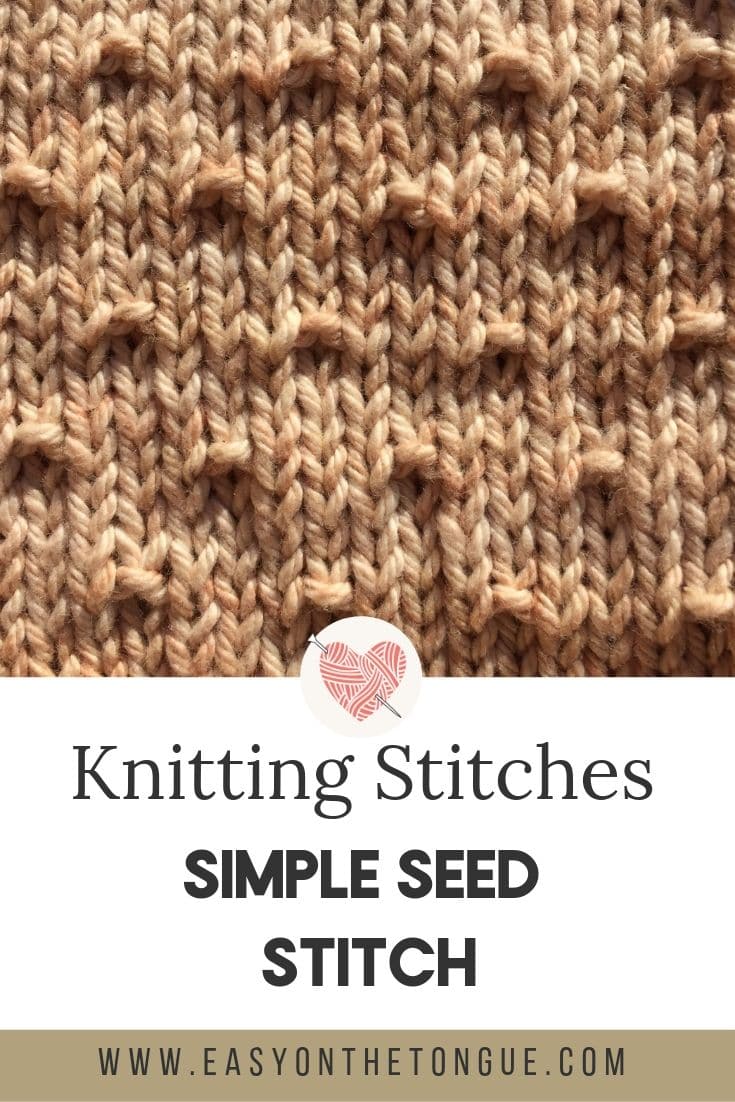
It's a great way of passing the time. This centuries-old pastime is great for improving short-term memory, visual-spatial reasoning, and your physical health. First, choose the background color. You can usually choose between eight colors for your background. These include blue and green as well as gray and white. As you work your way through the puzzle, you'll see a timer that counts down how much time you've spent on it.
Jigsaw puzzles can be a centuries-old pastime
Originally created to pass the time and keep people entertained, jigsaw puzzles were produced in the late 1700s by mapmakers. They would mount maps to a board of hardwood and then cut them with a maquetrysaw. In later years, lithographers developed solid-wood Jigsaw Puzzles. The jigsaw puzzle was popular at a time America was becoming more prosperous economically. In the 1920s, there was a craze for jigsaw puzzles. The industry produced over 10,000,000 puzzles per week. This boom coincided in the onset of the coronavirus pandemic, which forced people to stay indoors for long periods. As a result, sales of jigsaw puzzles skyrocketed.
Jigsaw puzzles became a popular educational toy. Puzzles became a popular gift choice for children. A larger share of the market for children's toys was taken over by the toy industry. The late 1800s saw puzzles becoming available to adults. The rise of the toy business prompted a reassessment on the history of the puzzle. Jigsaw puzzles became available to adults in the early 1900s.

They improve short-term memory
Despite being a popular activity, many people are not aware that daily jigsaws can help improve short-term memory. Although they aren't specifically designed to improve cognitive ability, they do provide a great way for people to exercise their cognitive faculties. A 30-day intervention that involves jigsaws at home, four sessions of cognitive coaching, and a 30-day program to improve short-term memory have been found to significantly increase short-term recall.
Jigsaw puzzles exercise both the left and right sides of the brain, which helps your short-term memory and problem-solving skills. This mental exercise can increase your attention span as well as creativity. Bill Gates is a puzzle enthusiast and claims that he finds a lot satisfaction from it. Jigsaw puzzles help young kids learn to see the bigger picture and recognize shapes and patterns.
They improve visual-spatial reasoning
Jigsaw puzzles are a great way to improve your visual-spatial thinking abilities. University of California, Berkeley has found that the amount of time someone spends solving a puzzle daily was significantly related to their visual-spatial reasoning abilities. The researchers found that both men as well as women can improve their cognitive abilities through jigsaw puzzling.
Jigsaws puzzles can help with stress reduction and visual-spatial reasoning. They can improve your mental clarity and help you see things from a new perspective. They increase attention and concentration. Jigsaw puzzles can also be solved absentmindedly, which helps them reduce stress. Jigsaw puzzles don't require too much concentration, which is a benefit for those who struggle to focus for long periods.

They improve mental and physical health
Although many people don't know the benefits of jigsaw puzzles they can actually improve brain function. Puzzles can stimulate certain brain regions, such as the frontal lodges and the hippocamp, which are responsible memory, concentration and motivation. You can also lower your blood pressure, and your brain's dopamine levels.
Researchers have found that jigsaw puzzles help maintain brain health and can prevent a range of cognitive problems. It's safe, with no known side effects. However, solving puzzles daily may not be suitable for all people. A partner is the best way to enjoy them. It is a good idea for friends and family members to join you if you aren't sure jigsaws are right for you.
FAQ
Is it possible to become rich from a hobby?
Not necessarily.
But if your passion is to start a business, you might be able to make a lot of money.
For example, let's say you're a fan of cooking. You enjoy healthy food so you opened a restaurant.
You only offer organic meals from scratch. Customers pay a small charge to cover the cost of ingredients and labor.
You can grow your clientele over time and eventually hire employees who will work alongside you.
You will eventually be able to expand your menu with vegan options and gluten-free choices, as well as desserts.
You've now created a profitable business that allows you to live the life you desire.
Of course, this doesn't mean you must give up your day job.
Instead, you could run your restaurant while still working your regular 9-5 job.
What is a hobby that kids can do?
Hobby for children is anything they enjoy doing outside of work. Children might be drawn to, build, paint, create stories, play with toys or watch TV.
Many parents worry about their children getting into trouble if they have the freedom to do what they want. This isn't necessarily true, though. Your child will not get into trouble if he or she is safe and doesn’t cause any harm to other people or themselves.
It is important to remember that people may not always choose to do what they enjoy. If they dislike writing but enjoy drawing pictures, they might opt to draw pictures.
There are many different hobbies, so it is up to you which one you love the most.
What are good hobby ideas?
The best hobbies are those that you enjoy doing for yourself. If you enjoy what you do, it will be much easier to keep going. It will also be easier to find a reason to stop feeling tired or sick.
There are many hobbies that we all enjoy: gardening, painting and crafts; photography; cooking; sports and games; reading music and film-making; collecting; cycling, walking, dancing and writing; playing instruments and other musical instruments.
Consider volunteering at your local animal shelter, charity shop, hospice, children's hospital or hospice, elderly care home, school center, church, or community center.
Perhaps you want something more adventurous. Consider scuba diving and skydiving.
There are many other ways to spend time outside. These include caving.
How do I get started with my new hobby?
It is important to choose the type of hobby you want to start.
Passion is essential once you have selected your subject.
It's important to understand why you want to start a particular hobby. This will help you find direction and a purpose.
Once you've chosen the hobby you would like to pursue you can start planning.
Think about the equipment that will be needed.
Consider whether classes or seminars are necessary.
Make sure you have enough space for your hobby.
Consider joining a club, or group. These groups often offer advice and support.
Consider how much money you would have to spend on your hobby.
Where can I find free resources to learn more about hobbies?
There are many websites dedicated to helping people discover new hobbies.
Here are some of our favorites:
www.trythisathome.com - This site provides a list of over 100 different hobbies. It also includes information on how to get started on each one.
www.hobbyfinders.org - This site offers a database of thousands of activities that you can search by interest, skill level, location, and more.
www.indiebazaar.co.uk - IndieBazaar is an online marketplace designed specifically for independent artists and musicians. This site offers hundreds of products, ranging from artwork and music gear.
www.pinterest.com/explore/hobbies - Pinterest is a social media network that lets users "pin" images they find interesting onto their boards. Users can create boards to group things that they like into certain categories.
www.reddit.com/r/Hobbies: Reddit, another social media platform, allows users to post links to articles and videos. Voting allows users to vote for the most valuable posts.
Statistics
- A new survey by Pew Research Center of teens ages 13 to 17 finds that 36% of girls feel tense or nervous about their day every day; 23% of boys say the same. (pewresearch.org)
- Almost 80% of people claim to have no hobby. (hobbylark.com)
- Studies show that just six minutes of reading can reduce stress levels by 60 percent. (oberlo.com)
- 37% Video Games 36% Travel 36% Health and Fitness (quizexpo.com)
- This 100% accurate personality-analyzing hobby quiz discovers your passion based on your characteristics. (quizexpo.com)
External Links
How To
How to Start Baking
Baking involves the preparation of food using flour, eggs (or sugar), butter, or both. Baking involves the use of flour, fats sugars, leavening agent, salt, and water as the main ingredients. In this article, we will discuss how to make bread. We'll use common ingredients such as yeast, flour, milk powder and egg whites, butter or olive oil, salt and honey, and water.
You need to combine these ingredients in order to bake bread. First, you must add the dry ingredients (flour, yeast, salt) into your mixing bowl. Next, add the wet ingredients (milk powder and egg white). Mix them together. Add the honey to the dough and knead it until smooth. Let the dough rise for 30 minutes. After rising, the dough should be light and soft. You can roll out the dough and place it on a baking sheet. Bake at 180°C for 15 minutes.